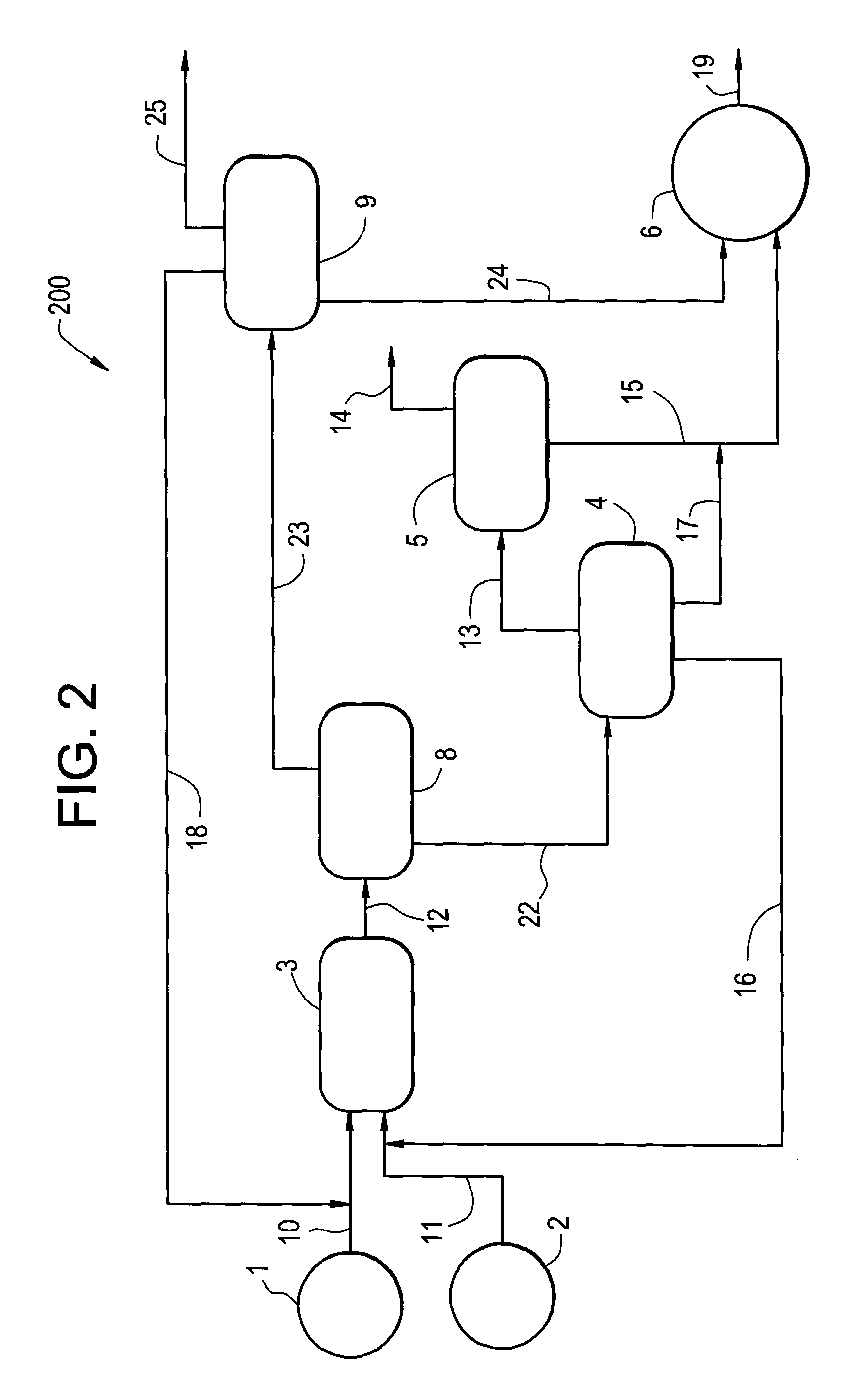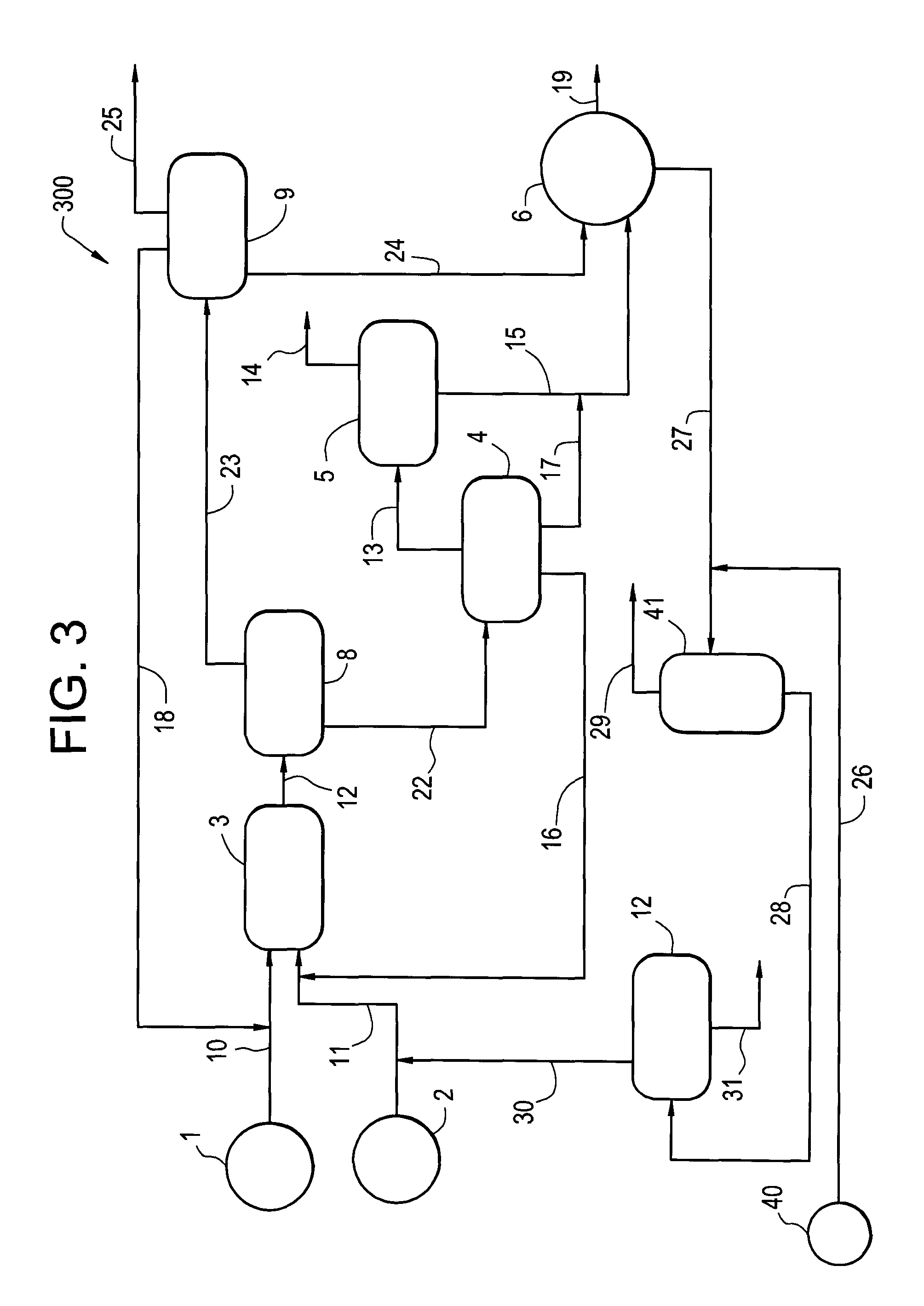Improved hydrogenation process
a hydrogenation process and hydrogenation technology, applied in the field of improved hydrogenation process, can solve the problems of increasing process cost and time, increasing the activity of any catalyst, and increasing the cost and time of the process, so as to reduce the water content of the reactant, the reaction reaction reaction reaction reaction reaction reaction reaction reaction reaction reaction reaction reaction reaction reaction reaction reaction reaction reaction reaction reaction reaction reaction reaction reaction reaction reaction reaction reaction reaction reaction reaction reaction reaction reaction reaction reaction reaction reaction reaction reaction reaction reaction reaction reaction reaction reaction reaction reaction reaction reaction reaction reaction reaction reaction reaction reaction reaction reaction reaction reaction reaction reaction reaction reaction reaction reaction reaction reaction reaction reaction reaction reaction reaction reaction reaction reaction reaction reaction reaction reaction
- Summary
- Abstract
- Description
- Claims
- Application Information
AI Technical Summary
Benefits of technology
Problems solved by technology
Method used
Image
Examples
example 2
[0060]This example was conducted to illustrate the productivity, glycerin conversion and PG selectivity achieved when the hydrogenation process of the invention was conducted as a continuous process with dioxane as the nonaqueous solvent.
[0061]34 g of a copper chromium catalyst, Johnson-Matthey 60 / 35T, was loaded into a fixed bed oil jacketed reactor. The catalyst was activated at 185-200° C. with 5% hydrogen in nitrogen. The reactor was operated at 203° C.-205° C. and 2.86-3.10 MPa with a feed of 30% glycerin in PG at a rate of 0.25 mL / min. A productivity of 0.12 g PG / (ml catalyst-hr) was achieved at 88% glycerin conversion and with 88% PG selectivity. The feed was switched to 12% PG, 26% glycerin and 62% dioxane and the flow rate doubled to 0.50 mL / min. Productivity increased to 0.24 g PG / (ml catalyst-hr) at a glycerin conversion of 85% and with a PG selectivity of 99%. The results of this experiment are summarized in Table 2, below, and show that the use of dioxane as the nonaque...
example 3
[0062]This example was conducted to illustrate the glycerin conversion and PG selectivity achieved when the hydrogenation process of the invention was conducted as a batch process with various nonaqueous solvents.
[0063]A Johnson Matthey Pricat 60 / 35T copper chromium catalyst was activated by passing a 5% hydrogen / nitrogen gas stream at 100 cc / min over the pellets at 185° C. for about 16.7 hours, and then for 2 hours at 200° C. in a horizontal glass tube. The cooled, sealed glass tube containing the catalyst was transferred into a dry box and the catalyst transferred into a storage bottle.
[0064]The reactor utilized was a standard 300 mL stainless steel Parr high pressure reactor equipped with an air dispersion (hollow shaft) cruciform stirrer, a dip sampling tube, a catalyst basket and an internal thermocouple. The nonaqueous solvent was mixed with glycerin at a solvent / glycerin weight ratio of 70 / 30 and approximately 120 mL of this mixture added to the reactor. The reactor was loade...
example 4
[0067]This example was conducted to illustrate the glycerin conversion and PG selectivity achieved when the hydrogenation process of the invention was conducted with a catalyst having little or no micropore volume and a surface area of greater than or equal to about 10 m2 / g.
[0068]A fixed bed reactor (½″ diameter stainless steel tubular reactor) was loaded with 15 g of Raney® copper (W. R. Grace) 8-12 mesh, and having a total surface area of about 12 m2 / g. The area above and below the catalyst bed was filled with sand and the reactor was heated to 185° C. under a nitrogen flow to thoroughly dry the catalyst.
[0069]The reactor was fed 5% hydrogen in nitrogen at 255 sccm for 12 hours, at which time the feed was switched to 100% hydrogen at a flow rate of 79 sccm and the reactor pressurized to about 400 psi, or about 2.75 MPa. At 47 hours, a liquid feed comprising 30% glycerin in propylene glycol and at a flow of 0.35 ml / min was initiated. After 76 hours run time the temperature was rais...
PUM
| Property | Measurement | Unit |
|---|---|---|
| weight percent | aaaaa | aaaaa |
| weight percent | aaaaa | aaaaa |
| operating temperature | aaaaa | aaaaa |
Abstract
Description
Claims
Application Information
 Login to View More
Login to View More - R&D
- Intellectual Property
- Life Sciences
- Materials
- Tech Scout
- Unparalleled Data Quality
- Higher Quality Content
- 60% Fewer Hallucinations
Browse by: Latest US Patents, China's latest patents, Technical Efficacy Thesaurus, Application Domain, Technology Topic, Popular Technical Reports.
© 2025 PatSnap. All rights reserved.Legal|Privacy policy|Modern Slavery Act Transparency Statement|Sitemap|About US| Contact US: help@patsnap.com



